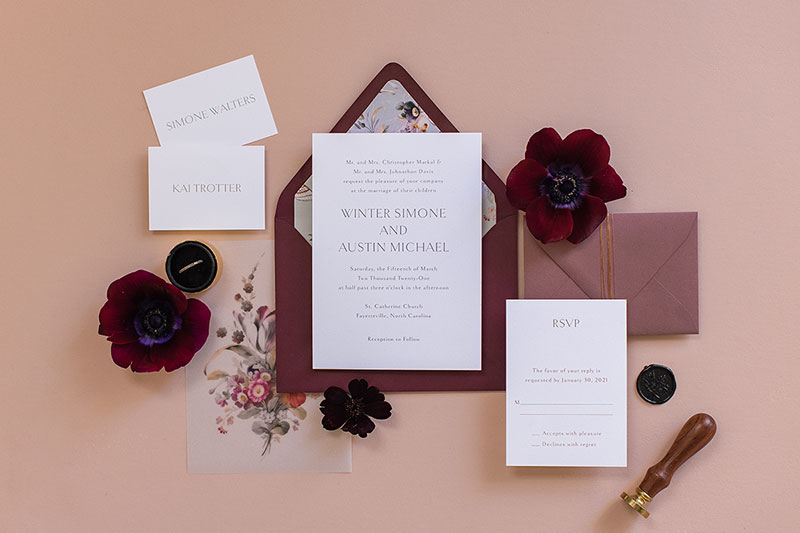Shout it from the mountain tops! When you’re releasing a new product, launching an event, or sharing an important accomplishment that can help build your brand, you want the world to know about it. And writing a press release is a great way to get your news out there in a tight little package. It’s your “hype story”—and, good news, you can do it yourself.
These days, getting your Press Release on “the wire” for all to see is pretty easy (read: you don't need to hire a PR rep), so we wanted to share some tips for a DIY press release that you can write and publish yourself. Here's an easy-to-follow guide so you know how to write a press release.
How to write a press release
1. Start with a strong headline: Write a compelling headline that summarizes the main point of your press release. Make it attention-grabbing and focus it on the impact your news will have.
2. Write a sub-headline (optional): Write a sub-headline (a mini-headline) to offer additional context or information to support the news of your main headline.
3. Include a dateline: Include the city and date at the beginning of the first paragraph to give a sense of when and where the news is happening.
4. Write an engaging first paragraph: In the first (a.k.a "lead") paragraph, answer the "who," "what,""where," "when," and "why" questions. This paragraph should summarize the key information in a compelling way.
5. Provide supporting details: Use the next paragraphs to expand on the information you wrote about in the lead. Include relevant quotes, statistics, and background information. Just make sure the most important details are presented early in the release—don't bury the lead!
6. Include quotes: Incorporate quotes from key individuals involved in the news (which is probably you!). Regardless of who you quote in your press release, make sure it is about their experience as it's related to your announcement. Quotes add a human element to press releases since they can provide insight or opinions.
What to include at the bottom of your press release
7. Add your boilerplate: Include a brief section about your company or organization. This is known as the"boilerplate" and provides context about who you are.
8. Include contact information: It seems silly but don't forget to add contact details for media inquiries! Provide the name, phone number, and email address of a person who can provide additional information if someone reaches out after reading your press release.
9. Add ### or -30- to indicate the end of your press release: Traditionally, press releases end with three hash symbols (###) or -30- centered at the bottom of the page to signal the end of the release. (It's an old practice from the days of the telegram.)
10. Include media elements (optional): If it makes sense, provide links to and/or attachments of high-resolution images, videos, or other media that helps show or support the news of your press release.
And don’t forget! A few last tips to help you write a press release
11. Follow Associated Press (AP) Style: Adhere to proper grammar, punctuation, and the AP style guidelines. This helps make sure your press release is consistent with journalistic standards. Here is a good AP style cheat sheet we found online.
12. Proofread and edit your press release: Before submitting your press release to a newswire to distribute, carefully proofread it for errors and clarity. Consider having someone else review it as well—even reading it backwards can help you catch errors.
13. Submit your press release for distribution: Once you've finalized your press release, distribute it to relevant media outlets. This can be done by emailing it directly to contacts you have, submitting it to an online press release distribution service (like Cision), or directly through your business' website.
Remember, a successful press release is concise, factual, and tailored to the interests of your target audience. It's also really important that you write your press release to the specific needs and preferences of the media outlets you are targeting. The goal is for your press release to be "picked up" and shared by different media outlets—and that will happen if your announcement changes or improves your industry or helps customers in any new or unique way.
So get to it! Your industry is waiting to hear your big news!





